Tell me if this quarantine vibe sounds familiar: You wake up to hour seven of a Starship Enterprise white noise video you can’t sleep without. You unwind after work with a YouTube video about two dudes’ struggle to eat the world’s most expensive hamburger. And, of course, you lose way too much time to TikTok’s #homereno tag – all while convincing yourself you could totally DIY the perfect bathroom.
Alright, perhaps I’m revealing a lot about myself here, but even if your quarantine routine doesn’t look like exactly like mine, chances are it includes a little (or a lot) of online video content. A recent Wyzowl report highlighted the various ways quarantine has changed how we interact with video and brands, and what that means for marketers:
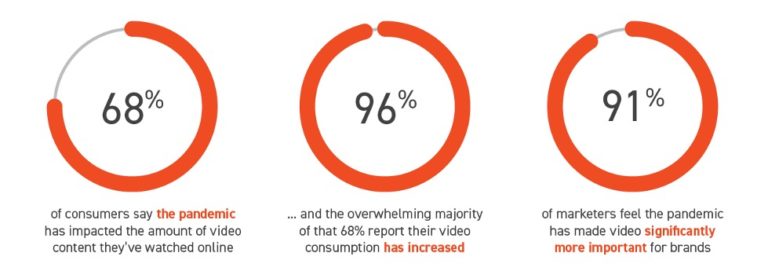
Why do Brands, Businesses, Marketers and Audiences Love Video in 2021?
In a landscape where marketers only have a few seconds to grab an audience, video is a powerful storytelling tool.
Video marketing has been growing for years, but 24 percent of those surveyed by Hubspot used video for the first time in 2020 and 69 percent of marketers who did not use video last year expect to do so in 2021:
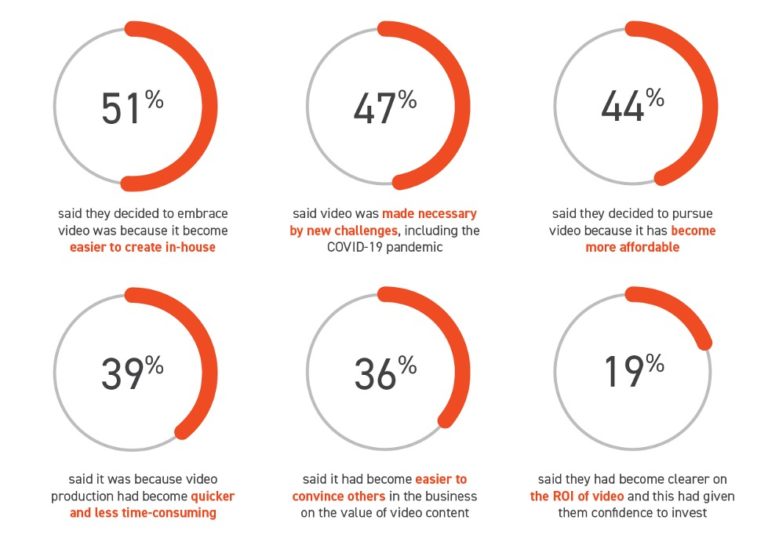
Many marketers are stuck wondering what their brand’s video strategy might look like as they look to join the hype. However, we caution that you outline a strategy and determine who your audience is, before you start creating the content.
Five Questions to Answer Before Starting Production
Question #1: What am I trying to say with my video content?
All marketing content should start with a goal. This goal will shape every additional step of the process, from conceptualizing to production.
According to a 2021 survey, Hubspot found that the most common goals for brands are:
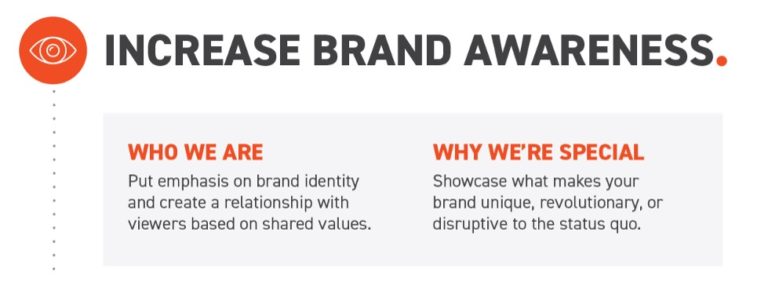
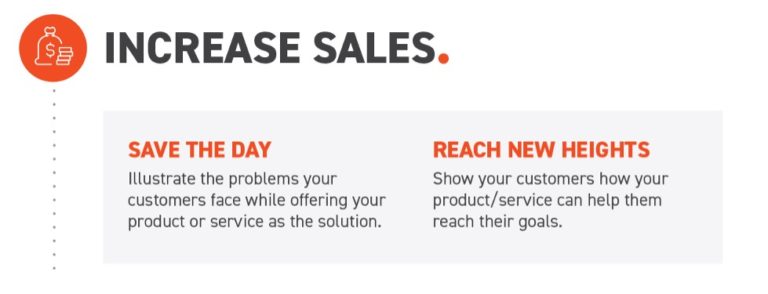
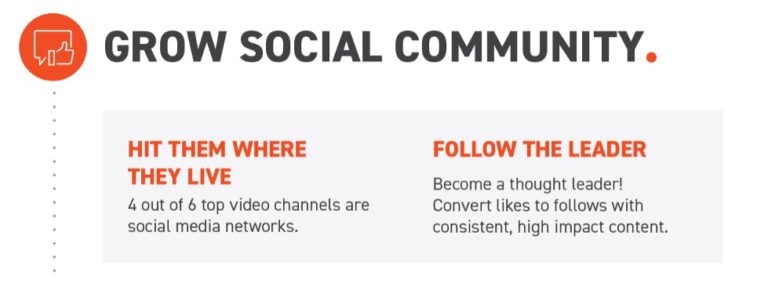
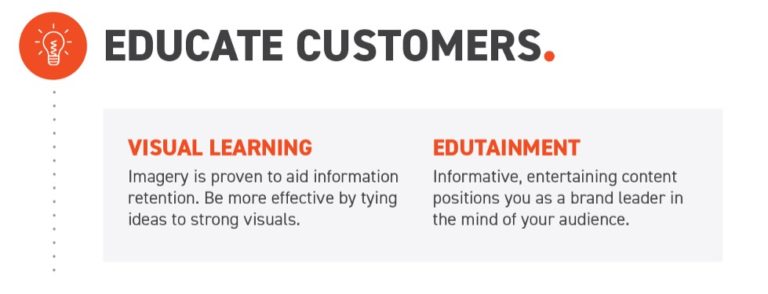

There are plenty of ways to iterate on these broad goals. One of my favorite examples comes from Zoom, a video conferencing platform that became its own verb in 2020. In this video, entitled “Thank You for Keeping Us Together,” they fostered a sense of community by turning praise their company received back on their customer base.
Question #2: Who is the audience for this content?
Audience is everything when crafting effective video messaging. Consider your ideal viewer and match the tone of your content to that viewer.
When identifying that “ideal viewer,” get the brainstorm rolling with these questions:

Boston-based analytics company, DataDog, showed the power of targeting in their recent video celebrating International Women’s Day. Note the ways in which they honor current employees while simultaneously signaling to potential talent that their company is an inclusive, forward thinking place to work.
Question #3: What is my budget?
Budget can be a sticky area when forging into new content territory. That’s where the Three T’s come in:
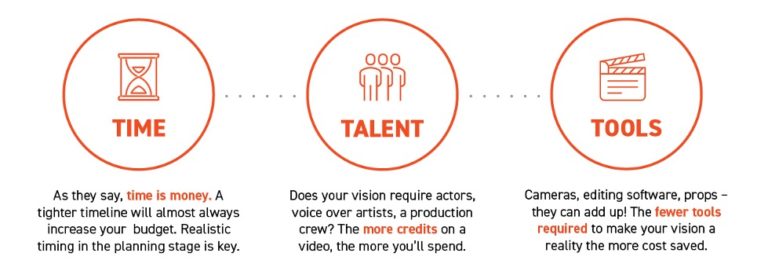
When it comes to video production, these three T’s are the industry standby for assessing the cost to translate an idea into a finished product.
For an example of a brand that made the most out of a small budget, take a look at the LucidChart Explains the Internet series from LucidChart, a proprietary platform that allows users to create and collaborate on charts and diagrams. These humorous videos subtly utilize their platform to tackle dozens of internet concepts. Mimicking internet meme formats, LucidChart turns low production values into a feature instead of a bug.
Their gamble paid off. The series is far and away their most successful, with view counts ranging from 500K to 5.6 million. That’s a lot from a little!
Question #4: What style of video works for my brand?
Your brand should be at the center of any video strategy, and all of your video content should feel like it belongs together. Even if the goals and subject matter vary, your branding should always be front and center. Take a look at how industry leader HootSuite retains their own identity while highlighting client businesses in their Hootsuite Customer Stories series.
Notice that while the customer takes center stage, you would never mistake the video as belonging to them – Hootsuite utilizes their logo, brand colors, and design sensibility to take ownership of their content.
Question #5: How can I extend the life of my content?
Even low budget video production can result significant expenses. Ensuring that money spent generates good ROI is a key element of any strategic planning. And one of the best ways to keep a video relevant is to create videos that inspire your audience to seek them out even after release.
Serial content describes videos that exist in an ongoing series. Individual entries into a series could share a lot or just a little, but the broad subject matter and format should consistent. A few of the prior videos in this blogpost are examples of serial content, but I couldn’t help sharing one more.
Slack’s Work With Us series binds together Slack’s recruitment efforts into an easily digestible series of lower budget motion graphic videos. By thinking of video in the macro rather than micro, your content can live on as a recurring resource for your brand.
Stay ahead of the competition with video content that represents who you are to the audience you want to reach.



